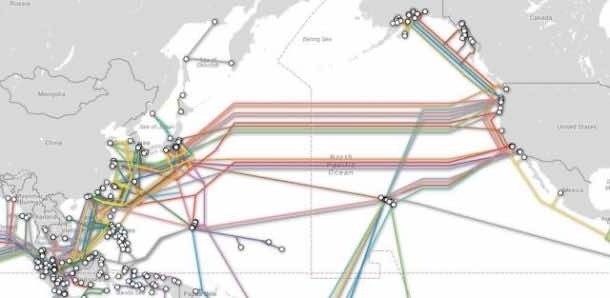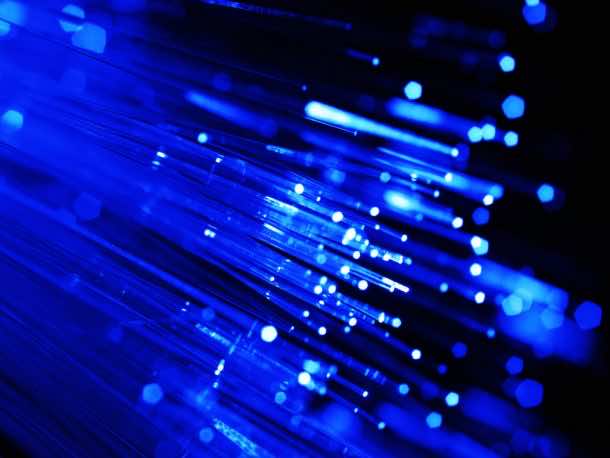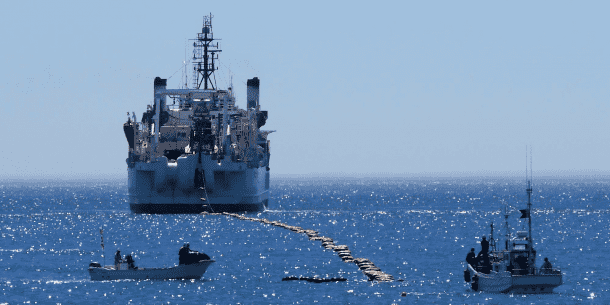Internet is the backbone of communication in this era of Globalization. Although satellites in space are needed to keep the world connected, the best connections around the globe still come from undersea fiber optic cables. A recently completed undersea cable, backed by Google, went online linking Japan with the US west coast. The cable is named “FASTER” but no, it’s not an acronym as you might be thinking. It was named such because the companies constructing it needed a cable that was “faster”.
The cable has the capacity to transmit a data of 60 Tbps (terabytes per second), making it currently the fastest undersea cable ever built. On a good day, it is approximately 10 million times faster than our average home broadband.
This pioneering construction project began 2 years ago when Google collaborated with five other companies: Global Transit, KDDI, China Mobile, China Telecom and NEC and the cable was completed this month. This $300 million project provides huge increases in speed for the transmission of data between North America and Asia. The FASTER cable stretches along 9,000 km in length and has landing points in Oregon, USA and two in Japan. Connections are also “extended” to major hubs in US West coast e.g. San Francisco Bay Area, Portland, and Los Angeles, as reported by NEC. Another Google-owned connection of about 20 Tbps bandwidth connects Japan and Taiwan.

For participation, Google owns an entire 10 Tbps bandwidth on Faster cable and a recent announcement by Google stated, “We’ll use this capacity to support our users, including Google Apps and Cloud Platform customers… this is especially exciting, as we prepare to launch a new Google Cloud Platform East Asia region in Tokyo later this year.” The dedicated bandwidth on the FASTER will ensure lower latency for the customers and faster transfer of data.
FASTER utilizes 6 pairs of optic fiber cables undersea to push the bandwidth, each fiber uses light of 100 different wavelengths. A repeater is installed every 60 kilometers in the cable to boost the data, ensuring that no data is lost during transfer, according to Urs Hölzle- Google’s Senior VP for technical infrastructure. The cables were laid down outside the Tsunami zones in Japan to prevent damage and power outage.

“Faster is the first trans-Pacific submarine cable system designed from day one to support digital coherent transmission technology, using optimized fibers throughout the submarine portion,” NEC said. “The combination of extremely low-loss fiber, without a dispersion compensation section, and the latest digital signal processor, which compensates for the huge amount of cumulative dispersion at the end of the cable, enable this six-fiber pair cable to deliver 60 Terabits per second (Tbps) of bandwidth across the Pacific.” This cable will cater to the four-fold increase in Internet traffic demand between North America and East Asia.

Although FASTER is the king of Internet speed right now, its reign won’t last long. Another undersea cable project was announced in the beginning of 2016. This collaborative project between Microsoft and Facebook would connect the US to southern Europe with a capacity of 160 Tbps across eight cable pairs. This project, when completed in October 2017 will beat Google’s FASTER to the title of “the highest-capacity undersea cable”.


